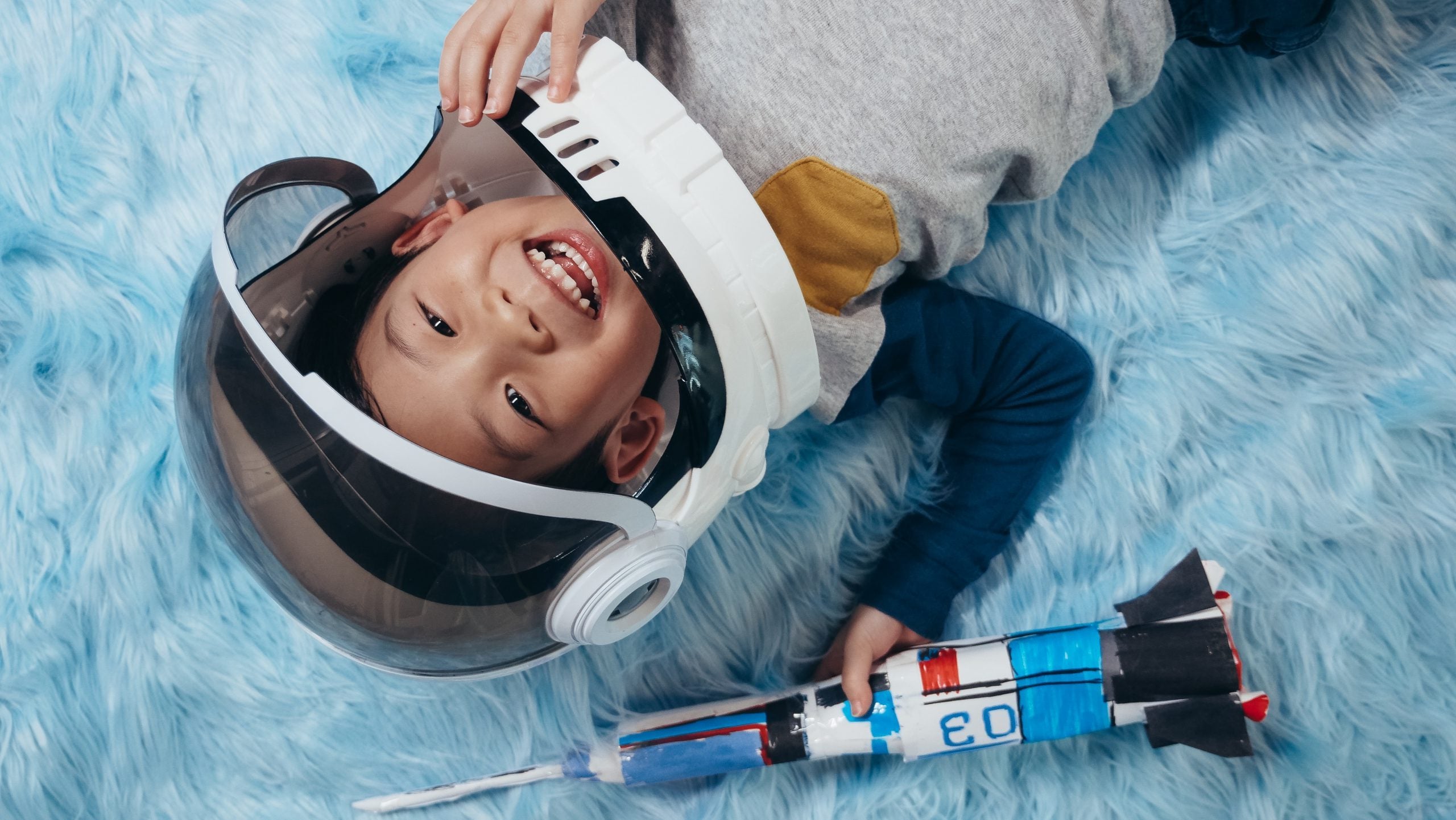8 Reasons Why Hands on Learning is Important
Back to Basics
We live in a world that’s dependent on technology. Not only in our daily lives, but most of our learning is done in front of screens, too. It’s important to remember that hands-on learning is just as important for fostering creativity in children and adults alike.
What is Hands On Learning?
Simply put, hands-on-learning means to learn by doing. It’s also referred to as kinesthetic learning. The problem with relying on technology to teach creative skills is that not all children or adults learn the same. Hands-on-learning gives you the opportunity to actually DO what you are learning about. Sometimes that’s all it takes for something to click.
1: We Get Away From Screens

It’s easy to pop your kids in front of the TV all day. Technology has given us the tools to pass the time and keep our kids, and ourselves entertained. It’s also become an integral part of learning. According to the American Academy of Child & Adolescent Psychiatry, children ages 8-12 spend about 4-6 hours a day watching screens.
That’s not to say technology is all bad, but embracing tactile creativity and dexterity is imperative for perfecting skills that kids will use throughout life.
2: It’s Fun and Engaging

3: It Explores the Five Senses

When all learning is done in front of screens, we lose the sensory portion. Incorporating hand-on-learning in for creativity allows children to use all five of their senses. Being able to use multiple senses in learning is an effective way to increase retention of creative skills.
Using different tactile materials is a great way to engage all five senses when working on creative projects with your kids. This is totally easy to do, too. All you need is basic art supplies like paint, modeling clay, building blocks, or whatever your children choose.
4: It Uses Both Sides of the Brain

Hands-on-learning is also great because it uses both sides of the brain. When we’re learning through other methods, such as listening to a lecture, we’re only using the left side of the brain. It’s important to involve both sides of the brain, and research from the University of Chicago shows that hands-on-learning is beneficial to students. The left side of the brain is used when we’re listening, as well as:
- Math
- Facts
- Linear Thinking
- Sequencing
- Problem Solving
Traditional methods of learning as well as using technology are very right brain oriented. Incorporating hands-on-learning gives the right side of the brain time to shine. It’s also important to exercise both sides of the brain for creativity and other life skills. The right side of the brain helps us with:
- Visualization
- Arts
- Nonverbal cues
- Imagination
- Anything creative
In today’s world, the skills you use your left brain for are nothing without the skills of the right brain. This is why STEAM learning is increasing in popularity and is incredibly valuable.
5: Hands-on-Learning Improves Motor Skills

Engaging kids in creative play that involves using their hands is a great way to improve motor skills. Hands-on-learning involves activities like molding, cutting, pasting, and anything else you can do with your hands.
Not only is it good for motor skills, it will strengthen the muscles in their hands, as well. And, on top of that, they’ll be learning something new!
It Improves Creativity

It’s important to understand that creativity is like a muscle. If you don’t exercise, you won’t strengthen it. For kids, creativity is an essential part of the learning experience. As they grow, they not only need to know critical skills like problem solving and other hard skills to land a job. Employers are also looking at soft skills such as writing and arts.
Hands-on-learning allows creativity to flow because kids are physically doing an activity. Many of the tools used in this type of learning are art supplies, so don’t be afraid to get messy and have fun!
7: It Creates Something Tangible

Since you’re learning by doing, you’re making something. This type of learning allows kids to see a finished product when they’re done. Instead of having notes to look over, they’ll have something to show for their efforts. Kids can look back on what they created and learn from it for next time. For example, if they painted a picture they may look at it and see what they’d like to do for the next one.
8: It Gives an Alternative for Learning

Every child learns differently, that’s why it’s important to give them different options to choose from. While one child may benefit from listening to a teacher explain something, another is going to benefit from just diving in and getting started.
You can try to force children to learn a certain way all you want, but at the end of the day they will benefit best from the method that engages them most.


